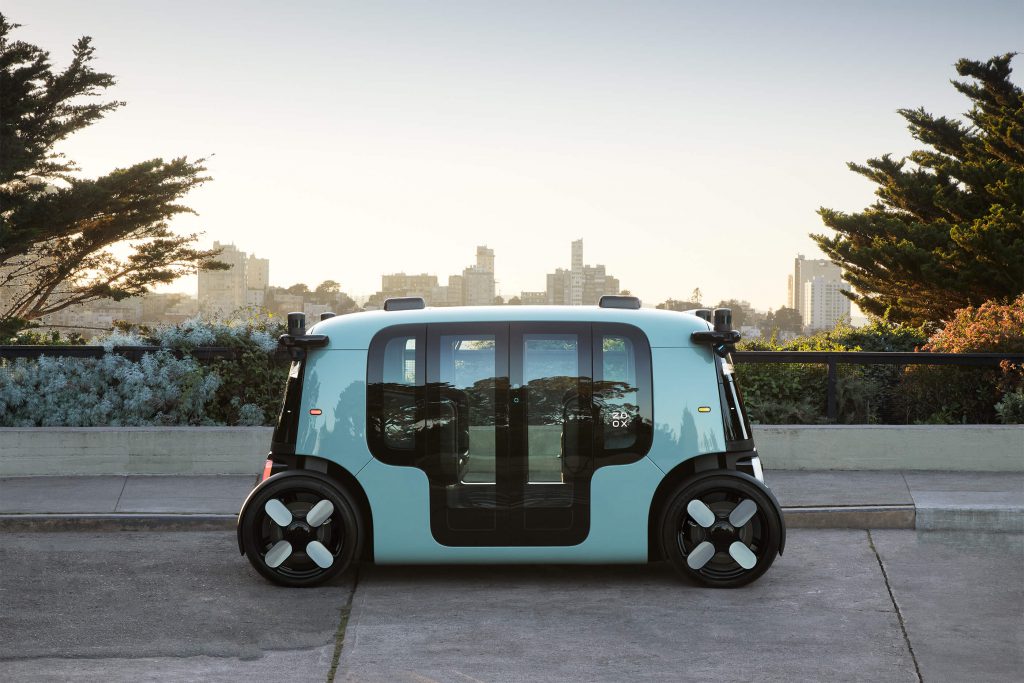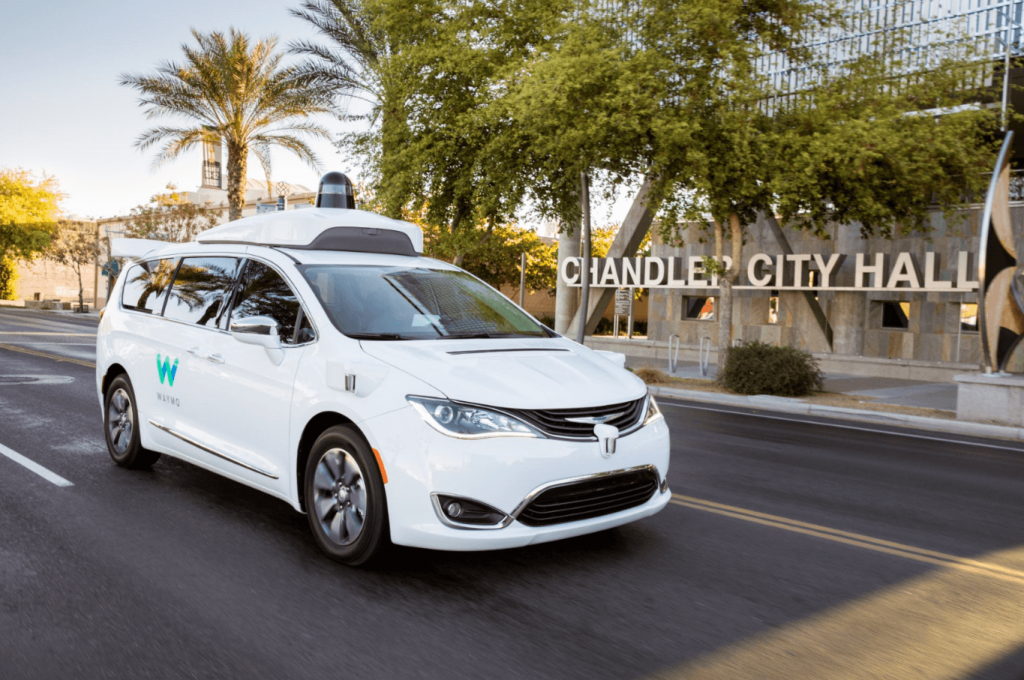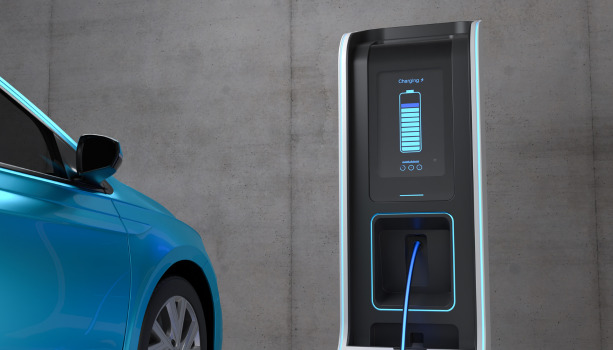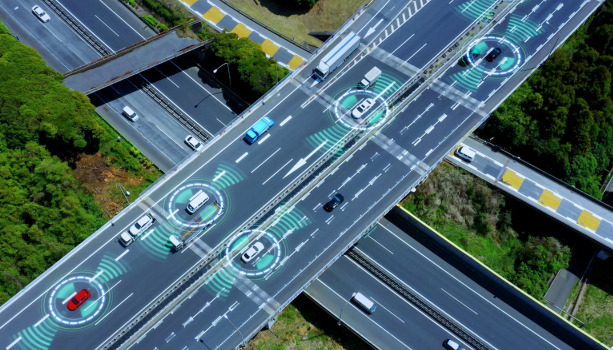The automotive industry and the tech industry have spent the past five years developing and testing technologies for autonomous driving. As automakers (OEMs) focus on applying autonomous driving technology into our daily cars, tech startups are focusing more on leveraging the technology to provide driverless mobility services. Despite using the same set of technologies, their target markets are quite different because they serve different purposes.
Note that full automation does not necessarily mean driverless. In the consumer car market, the demand for eliminating the driver’s seat and steering wheel is low because the driver is most likely the car owner, and that the car owner would still likely want to take control and enjoy driving from time to time. As such, autonomous driving technologies are mostly used to assist the driver, not to replace them. However, this could change soon as people slowly adapt to the trend.
On the other hand, eliminating the driver’s seat and steering wheels brings significant benefits to the mobility services market because it allows the vehicle to carry more passengers and goods while saving on the cost of hiring drivers.
In 2021, the mobility service industry is expecting to see an initial wave of fully autonomous (SAE automation level 4 and 5), driverless vehicles hitting the road. Most of them are used to provide ride-hailing, ridesharing, and delivery services.
In this blog, we will take a closer look at a list of some of the early pioneers in driverless mobility services, along with their current standings in 2021.
Zoox (subsidiary of Amazon) – United States
Zoox is an autonomous driving technology startup founded in 2014 and sold to Amazon in June 2020. After six years of R&D along with prototype testing, it has finally put its robotaxis into production and revealed them on San Francisco streets in December 2020.
The newly introduced robotaxi is designed to provide ride-hailing services, tailored for crowded city streets. Looking at the specs, it is an all-electric four-wheeler with a maximum capacity of four passengers, equipped with eight LiDAR systems all around the car. The main features that set Zoox apart from its competitors is four-wheel steering and bidirectional driving. Built with four-wheel steering, the vehicle’s front wheels and rear wheels move in opposite directions to maximize turning angle, so that U-turns can be done on two-lane streets that would normally need a three-point turn. Additionally, the vehicle is bidirectional so that pickups and drop-offs can be done seamlessly.
Zoox also claims that its vehicle can travel at a top speed of 120 km/h, currently the fastest in the industry. Presently at its final testing stage, the company is preparing to launch a mobile-based ride-hailing service starting out in San Francisco and Las Vegas.

Waymo (subsidiary of Google) – United States
Beginning as the Google Self-Driving Car Project in 2009, Waymo has gone through intensive research and testing over the past decade. On October 8, 2020 – after 30 million kilometers of road testing, including tens of thousands of kilometers of driverless testing – Waymo finally introduced its first driverless ride-hailing service to the public in Phoenix, Arizona. Its mobile app is available for anyone to download, allowing anyone under its service area to enjoy driverless rides.
Instead of manufacturing their own vehicles, Waymo collaborates with several automakers to develop customized vehicles for their services. The company is currently on its way to expand the coverage of its ride-hailing service to other US cities soon. As of the end of 2020, Waymo is the only driverless passenger vehicle in the world that is under full commercial operation.

Nuro (backed by SoftBank) – United States
Founded by two of the founding engineers of Waymo, Nuro offers delivery services using driverless, all-electric vehicles. Less than two years after the initial launch of model R1 in December 2018, model R2 was finally released in 2020, and became the first autonomous vehicle to receive an approved exemption issued by the US Department of Transportation (DOT) and the National Traffic Safety Administration (NHTSA). This means that Nuro can now expand its coverage to a greater number of US cities.
Model R1 has completed various driverless delivery services by teaming up with Walmart and Domino’s to deliver grocery and pizza to customers in Houston, Texas. Today, Nuro’s R2 is currently operating in three US states – California, Texas, and Arizona. It has been delivering food and medical supplies to patients and doctors during the COVID-19 crisis.
AutoX (backed by Alibaba and SAIC Motor) – China and United States
As the only Chinese firm on the list, AutoX is backed up with investments from Alibaba and SAIC Motor. In December 2020, the company deployed 25 driverless robotaxis on the roads of Shenzhen, China, for final stage testing, making it the first driverless vehicle to go on Chinese streets without the safety driver.
Chinese autonomous driving tech hubs like Shenzhen, Shanghai, and Wuhan are rapidly putting up 5G infrastructure and offering subsidies to welcome robotaxi companies to set up their services. This is part of the Chinese effort to compete with Silicon Valley. Nevertheless, AutoX also obtained permits from California in December 2020 to test its robotaxis on American roads.
Like Waymo, AutoX’s vehicles look just like a regular passenger car from the outside. AutoX has not announced when these vehicles would be ready for public use, but Chinese consumers should expect driverless mobility services in the very near future.

Cruise (subsidiary of General Motors) – United States
Cruise is another autonomous driving startup owned by General Motors. Following Waymo, Zoox, Nuro, and AutoX, Cruise became the fifth company to receive a permit from the State of California for driverless vehicle testing without the safety driver. In December 2020, the company also started testing its driverless vehicles in San Francisco. Cruise expects to slowly increase the number of vehicles on the road over 2021 while preparing them for commercial use.
The Role of Security in Driverless Mobility
Safety is the number one priority in the development of driverless vehicles. Not only must these vehicles function properly, but they also need to withstand cyberattacks. This is why all V2X communications must be secured with the security credential management system (SCMS). By issuing enrolment certificates to each member of the V2X network, as well as authorization certificates for each communication message, AUTOCRYPT V2X takes charge of the security aspect of all autonomous vehicles.
To keep informed with the latest news on mobility tech and automotive cybersecurity, subscribe to AUTOCRYPT’s monthly newsletter.



